The piloting of the dual education system in the field of vocational education and training (VET) in Armenia has launched since 2017. It is a work-based learning in two environments – in an educational institution and a workplace.
The dual education or work-based learning in general is embedded in the acting legislation of the field in any way. To put the dual education model on a more solid foundation, it is first necessary to amend the legislation.
Armenia’s Ministry of Education, Science, Culture and Sports, GIZ and experts of the field joined their efforts to develop the draft to the law “On Vocational Education and Training”. It has already been discussed with various stakeholders and submitted to the government.
Armenuhi Poghosyan, Head of the Department for Preliminary and Vocational Education and Training Department of the Ministry of Education, Science, Culture and Sports, and Nora Sargsyan, Legal Advisor at the “Private Sector Development and Technical Vocational Education and Training in the South Caucasus” (PSD TVET) programme implemented by GIZ, spoke with Mediamax about the key provisions of the new law.
Nora Sargsyan
What is vocational education and training (VET)?
Many people do not understand what vocational education is: it is 9th grade based education that which results in getting qualification of either a craftsman or a specialist. In the case of a craftsman, the training can last from 6 months to 3 years, in the case of a specialist - from 10 months to 5 years. VET is an important link, as it serves the economy and provides it with the specialists it needs. In the post-Soviet period, higher education became more popular among the people, while the vocational education, unfortunately, became inferior. As a result, employers working in different fields cannot find qualified specialists today. In addition, there are tens of graduates with higher education who fail to find their place in the labour market. There is a serious gap between the demand and supply of educational institutions.
 Nora Sargsyan
Nora SargsyanPhoto: Mediamax
To consider the needs of all sides of the triangle
Vocational education is very popular all over the world. In many developed countries, the economy relies on these educational programs. GIZ has been working in Armenia in this area since 2017, trying to reduce the gap between the labour market and education. We have implemented many educational programs based on the German dual education model. As a result, we have accumulated considerable experience, we have seen what problems the employer, the educational institution and the student face. That is, we have seen the problems of the three sides of this triangle and, while cooperating with the state bodies, we have understood that the sector must first be regulated and set in the right direction, no matter how complicated and long-lasting this process may be. The first step in the implementation of any state policy is to amend legislation, that is, the law must set a task, goal, requirement before the state for it to move forward in this or that area. The current law “On Primary Vocational and Secondary Vocational Education” was adopted back in 2005, since then though significant progress has been made in the field, which is not reflected in it. At first we thought it would be possible to amend the existing law, but after many discussions we came to the conclusion that minor changes are not enough and a new law should be drafted.
The new draft law “On Vocational Education and Training” is an extensive document that targets the entire range of vocational education with all its issues. Apart from this law, amendments will also be made in a number of related laws, for example, in the law “On Education” and in the Labour Code, because the provision of vocational education is closely related to the regulation of labour relations. We tried to make sure that the beneficiaries of the law would easily understand and accept the law, as they are the ones who will bring into life what is written on the paper.
Of course, we could have taken the models of developed countries and could have written uplifting things in the draft law, but we clearly realised that Armenia does not have such a resource. Maybe, for many, the new law “does not bring down the stars from the sky”, but it is aligned with our capacities, goals and most importantly, it takes into account the needs and interests of all the sides of the triangle I mentioned above.
Work-based learning - the basis of the new law
We are working on the new law from December 2020 in close partnership with the Ministry of Education, Science, Culture and Sports which has expressed the readiness to advance the sector. A concept was developed which followed dozens of discussions with all stakeholders, after which this concept turned into a draft law. From 2021 to date, we are in the process of improving the draft. At the core of amendments is the method of organisation of the education, which in the modern understanding is called work-based learning. This means that the learning process is organised either in a real workplace or in an environment adapted to it. In other words, the secondary vocational educational institution and the employer of the given field should work together to train new specialists. Along with that, not all employers are ready to engage in a student’s education. In this case, the educational institution can create an environment adapted to the workplace on its premises, for example, a winemaking laboratory, and organise work-based learning there. Although work-based learning is a widespread trend in vocational education and training sector, there is still no legal definition of it in Armenia.
 Nora Sargsyan
Nora SargsyanPhoto: Mediamax
The new law will define both the work-based learning and the methods of organising it.
Dual education, internship and on-the-job training
The accepted and most common model of work-based learning in the world is dual education. This is the best direction the state can choose in the field of vocational education. At the same time, it is obvious that dual education cannot be organised in all sectors in Armenia, moreover, it is impossible to switch to this system at once. This is the reason why we mentioned other models of work-based learning in the draft law. One of them is internship. If in the case of dual education a student spends most of the time at the workplace, in the case of internship it is possible to combine the education at the institution and at the workplace, spending one or two days a week at the employer’s.
 Nora Sargsyan
Nora SargsyanPhoto: Mediamax
The third model of work-based learning established by the new law is on-the-job training. For example, many train at a barber’s to learn hairdressing and work as an apprentice, the same is in the case with a welder, etc. Thus, the three models of work-based learning established by the new law are dual education, internship and on-the-job training.
Employer - a participant of the education process
The process related to the implementation of the dual education system is important not only for the student and the state, but also for the employers. Today, employers often have to re-train graduates of different educational institutions, spend time and money. This, of course, can be avoided if he or she is a part of education from the beginning and is involved in all stages of the education process with the concept of social partnership. The only way to record progress is the social partnership between the state, the private sector, and educational institutions. There is also a lot to be done in terms of establishment of organisations, unions, and associations representing the interests of various sectors. They are the ones who should analyse and highlight the needs of their sectors, as the state cannot do it alone.
The new law on “Vocational Education and Training” lays the foundations for all this. Of course, various details will emerge after the law is adopted, but they can be regulated by sub-legislative acts. The process will be continuous.
Key provisions of the draft law and amendments in related laws
Dual education is closely related to labour relations, therefore, there was a need to make amendments in the Armenian Labour Code as well.
In the case of dual education, we are dealing with minors, while the current labour legislation strictly prohibits engaging minors in dangerous work. It turns out that if a child becomes a welder, under today’s legislation, he cannot do it with work-based learning, because the welder’s profession is dangerous. The same is in the case of a winemaker or a bartender, because a minor cannot work with alcohol.
The other package of amendments refers to the possibility of entrepreneurial activity of the educational institution. I mentioned that a college can have an area simulating a real workplace, where students will produce something, for example, wine. The question is what to do with that wine? Although current legislation does not prohibit its sale, educational institutions generally avoid it. This provision will be fixed in the new law enabling educational institutions to sell the product produced by their students, directing the profit to the development of the institution.
The law also stipulates the transition of VET institutions to the credit system, there are provisions on the management, financing, licensing, and training of teachers of these institutions.
Armenuhi Poghosyan
“Our goal is to have the new law adopted this year”
The piloting of the dual education system and the work on the draft of the new law on vocational education is a good model of state-international organisation cooperation. All the observations made as a result of the piloting of the dual system have shown it to be quite effective in the VET sector and to have a positive impact on the employment rate of graduates and the quality of education. It also contributes to the strengthening and expansion of social partnership due to the joint engagement of the state and employers in the education of specialists the labour market needs.
 Armenuhi Poghosyan
Armenuhi PoghosyanPhoto: Mediamax
On the other hand, the dual system cannot remain at the piloting level for good. Legislative grounds were needed to put it on a more sustainable basis and spread throughout the education system. This is where the need for a new law emerged. While working on it, over 20 discussions were organised with the support of GIZ, with different stakeholders, interested structures. The draft was presented for public discussion and circulated in various departments.
Having collected all the opinions, we submitted the draft to the government. After receiving the government’s observations and considering them, we presented the revised version to the government again. We are waiting for the final response now. After receiving it, the draft law will be sent to the parliament. Our goal is to have the new law “On Vocational Education and Training” adopted this year.
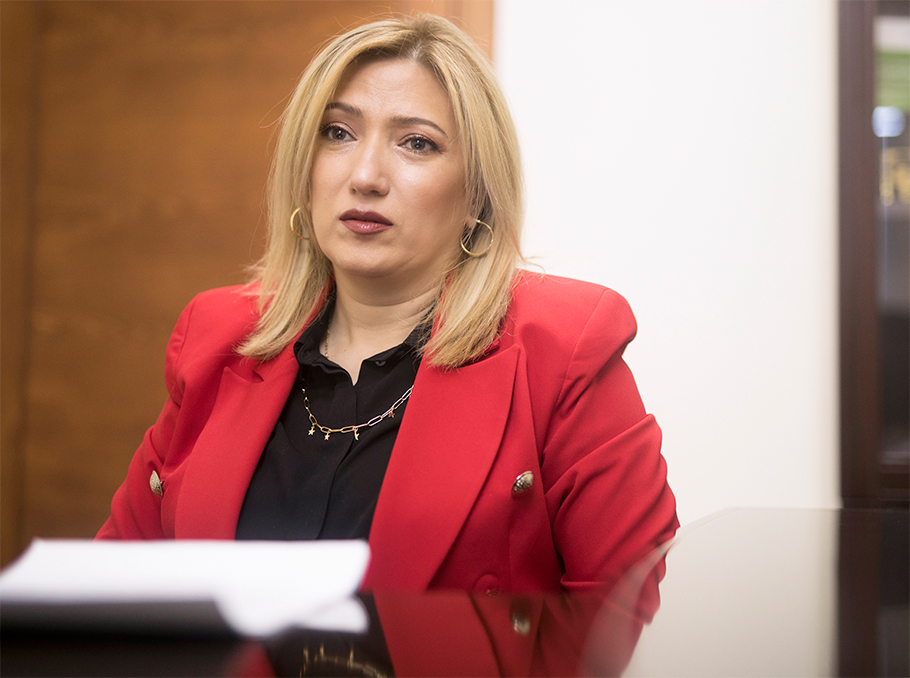 Armenuhi Poghosyan
Armenuhi PoghosyanPhoto: Mediamax
The current law “On Preliminary Vocational and Secondary Vocational Education” was developed almost 20 years ago. Naturally, the economy and the labour market underwent many changes during this time, and the legislation should be changed as well, making it more flexible and appropriate to the needs of students, employers, and the state. The new law is ideologically more comprehensive and complies with the reforms implemented in the field.
Vocational education - the basis of the economy
When speaking about raising the attractiveness of vocational education, naturally we do not want to underestimate the importance of higher education: it has its stable place. Simply, the vocational education is the basis of the economy all over the world, because the staff trained here immediately replenishes the labour market and gives real results. I can say that the work carried out in recent years brought a positive change in terms of raising the attractiveness of vocational education. There are fields where employers queue up for a qualified specialist and where this specialist is paid quite well. This is extremely important, because, in the end, apart from finding his or her place in the labour market, the specialist must be paid properly.
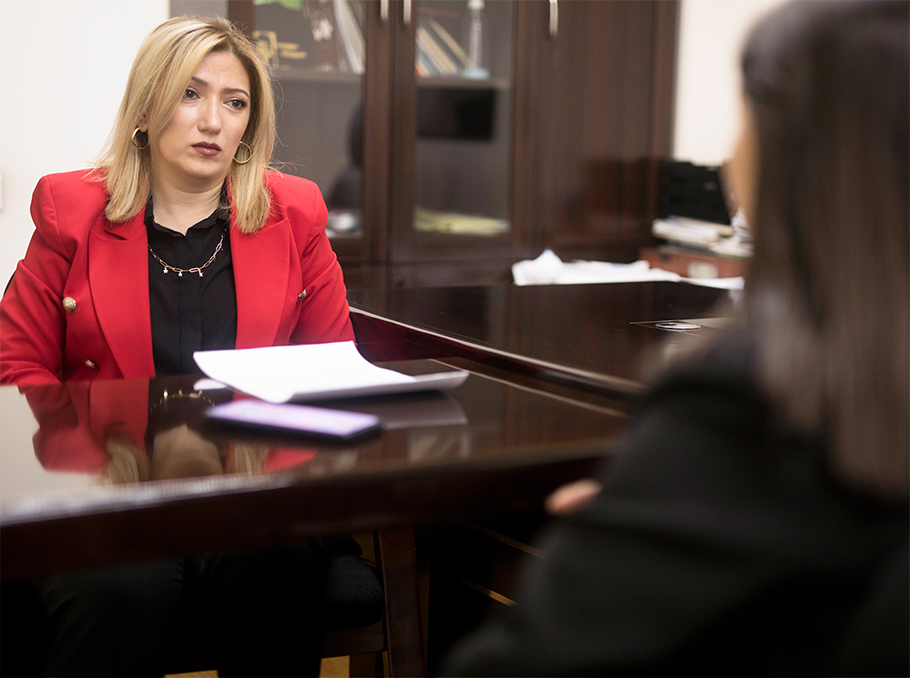 Armenuhi Poghosyan
Armenuhi PoghosyanPhoto: Mediamax
These changes in the VET sector are aimed at sending young, qualified, skilled, educated and patriotic staff to the labour market.
Yana Shakhramanyan
Photos by Emin Aristakesyan



















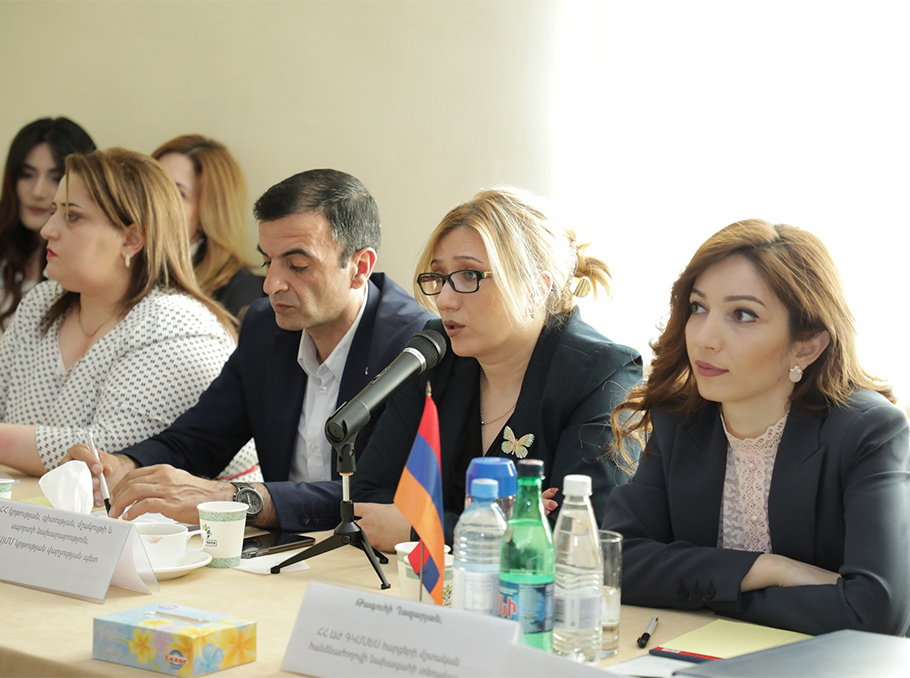
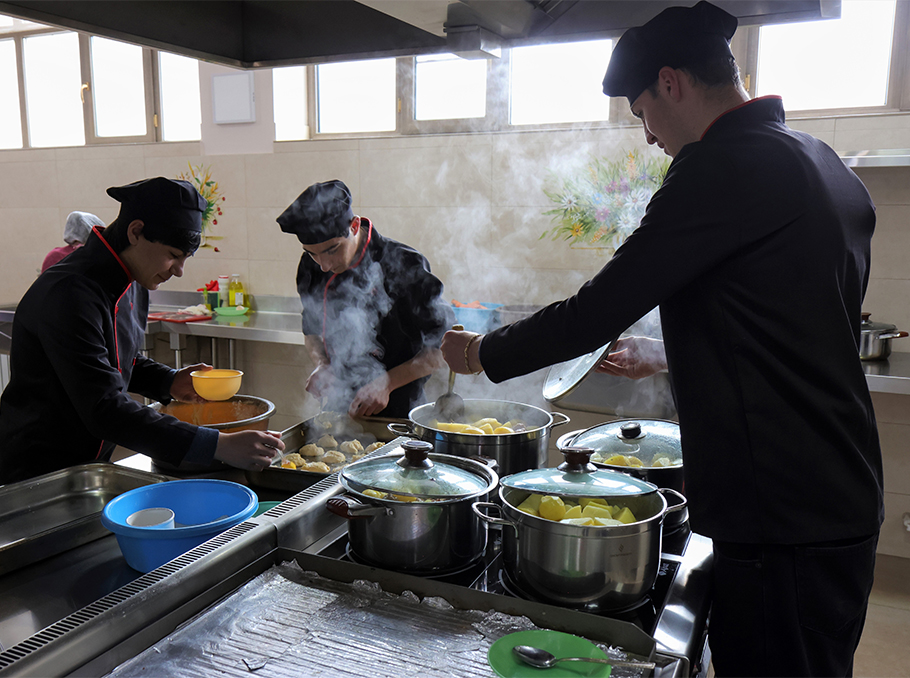
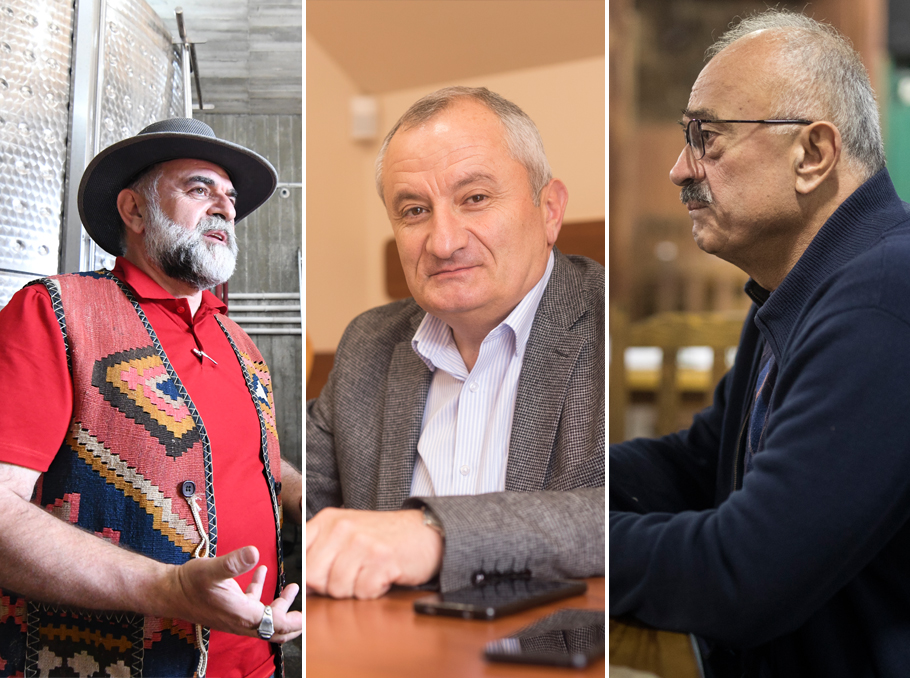






Comments
Dear visitors, You can place your opinion on the material using your Facebook account. Please, be polite and follow our simple rules: you are not allowed to make off - topic comments, place advertisements, use abusive and filthy language. The editorial staff reserves the right to moderate and delete comments in case of breach of the rules.